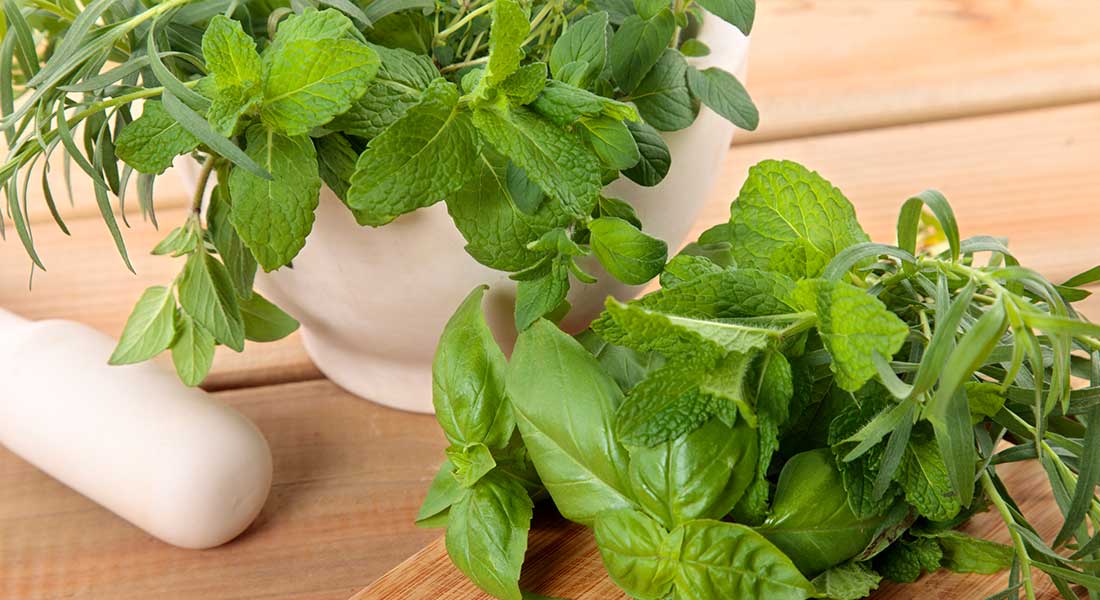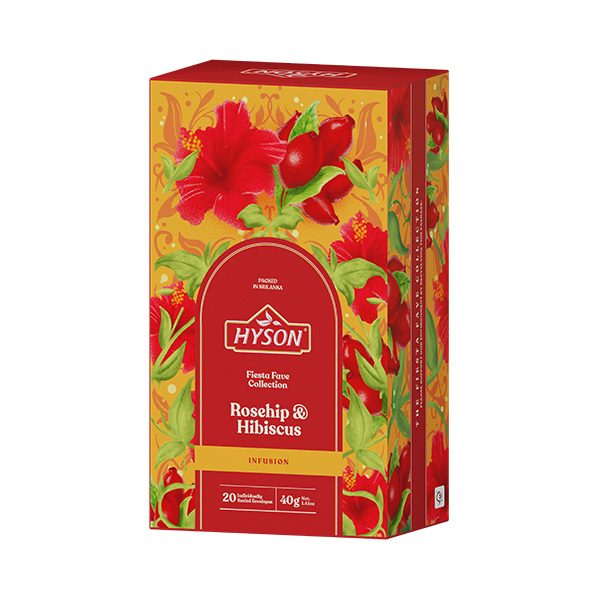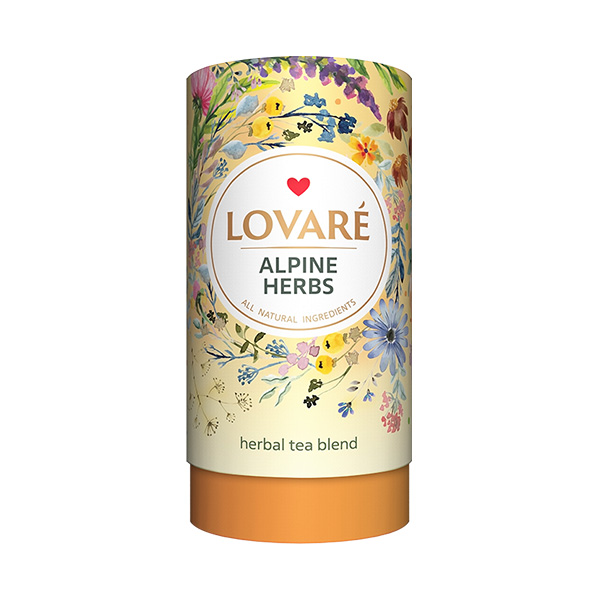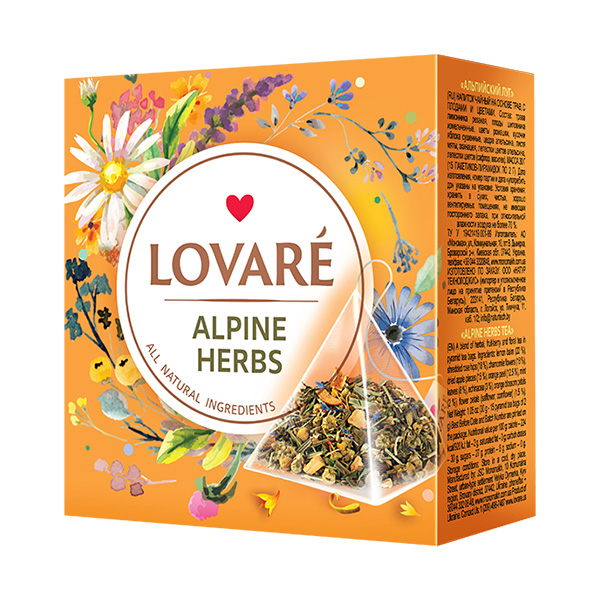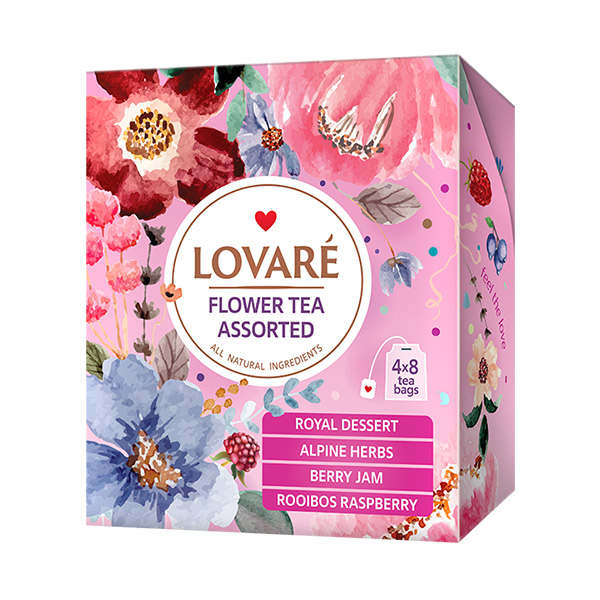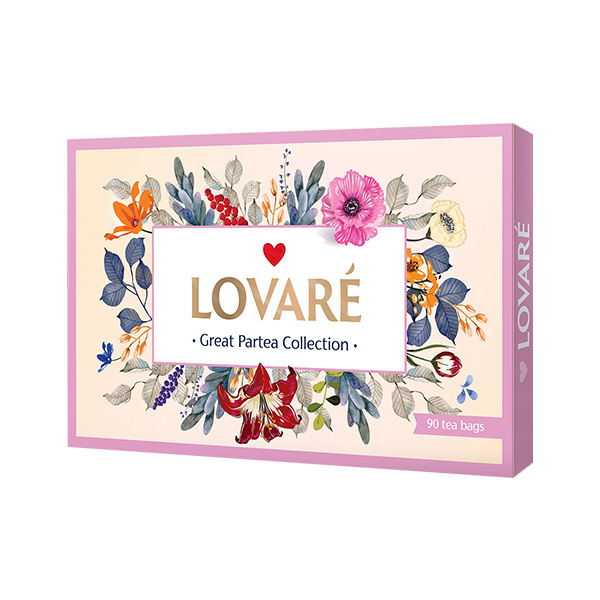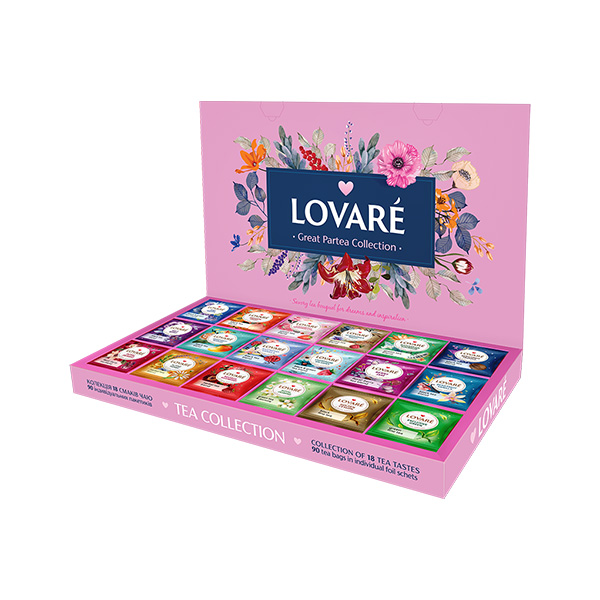Do you also often find yourself unable to resist fresh herbs in a flower pot at the store? And do you also have a problem keeping them alive at home? We will advise you on how to grow your favorite herbs comfortably at home and not rely on pre-grown ones from supermarkets.
Lemon grass first appeared in the tropical regions of Thailand. However, this does not prevent it from being grown in our climate zone. It thrives in a container that is at least 20 cm in diameter, in a very bright, sunny place in your garden, on the balcony or somewhere in the apartment. By exposing this herb to the sun, you will get more fragrant oils. It likes well-drained soil that you water regularly, but be watchful of overwatering. Wait until the soil is almost dry (at least 1 cm from the surface) and then water again. Of course, use water that is still and at room temperature, as the herb will benefit you beautifully. You can grow it from seed or buy seedlings. It can also be propagated well.
Lemon grass is propagated from seeds or from seedlings that are created by dividing the bunch. If you are going to grow from seeds, it is best to gently push them into a moist substrate. Thencover the container with kitchen foil or glass and keep it at room temperature. The seeds should germinate within three weeks. We water with dew and using a sprayer. The sprouted seedlings are then transplanted into the prepared containers.
Usage: fresh in tea brew (also great as an ice cold ), as an herb for preparing exotic dishes, for relaxing baths.
Grown and strong plants are continuously harvested for consumption. We cut the stem and bulb close to the ground. It is ideally suited to, for example, Asian cuisine.
An herb whose aroma will remind you of citrus. It can be grown practically anywhere. Find a spot in the sun or part shade where it will do best. The soil needs to be kept permeable and also always moist. You can use it as fresh or dried for the winter season. Drying is needed quickly at temperatures around 30-40° so that it does not mold, but it is not recommended in direct sunlight. Lemon balm tea is great for calming the nervous system and an irritated stomach. Treat yourself to it in the evening before bed as part of your sleep hygiene.
Lemon balm is propagated from seeds or simply by dividing larger bunches at the time of transplanting. Transfer the part of the plant with the roots to a new place and after planting carefully water it. If you grow plants from seed, the procedure is similar to that of lemon grass.
Use: for the production of tea , lemonade, as a refreshment in a pitcher of water (you can also add mint), and try it in dishes as well.
We harvest lemon balm from the beginning of May and continue through June and July. We harvest leaves and whole shoots, preferably before flowering.
I'm sure you all know him well. Growing chamomile is certainly not difficult. It mainly needs enough sunlight, but you can water it rather less. It prefers drier soil. You can sow it from mid-August to the end of September. The plant will take root and you can look forward to harvesting at the end of next spring. Attention, chamomile seeds need light. Do not fill them in and give them a space of about 15 cm from each other. Chamomile is harvested before full flowering. Leave the stems of the flowers no more than 2 centimeters long, and do not pluck them. Always harvest on a sunny and dry day. Chamomile tea (for example from brands Naturavita or Richard) is suitable for short and gloomy days in the autumn, and especially in the winter months. It will help you to a better mood and calm down.
Usage: Production chamomile tea, for baths, for wounds and eczema in the form of compresses , gargle for sore throat.
Note: Do not confuse chamomile with a field belt. Remember that camomile has a hollow flower bed, while yarrow has a filled one.
LOVARÉ Bouquet coll. 52,5g (30 sáčků, kolekce čajů)
Lovaré Portfolio Flowers & Tea Collection, sada čajů (60 sáčků)
LOVARÉ Portfolio Flowers & Tea Collection je plná oblíbených příchutí porcovaných černých, zelených, ovocných čajů a čaje rooibos v krásném dárkovém balení. Kolekce 12 příchutí po 5 sáčcích vám umožní vyzkoušet více příchutí a najít si tak svou oblíbenou.
Sada čajů obsahuje: černý čaj 1001 Nights, černý čaj Champagne Splashes, černý čaj Passion Fruit, černý čaj Wild Berries, černý čaj Bergamot & Vanilla, zelený čaj Strawberry Marshmallow, zelený čaj Golden Mango, zelený čaj Bahamian Soursop, zelený čaj Cleopatra’s Night, ovocný čaj Berry Jam, čaj Rooibos Malina a ovocný čaj Royal Dessert.POŠKOZENÝ THURSON Warming Time 30g (20 sáčků, bylinný čaj)
POŠKOZENÝ HYSON Rosehip & Hibiscus 40g (20 sáčků, bylinný čaj)
LOVARÉ Royal Dessert 36g (24 sáčků, bylinný čaj)
LOVARÉ Alpine Herbs 80g (sypaný, bylinný čaj)
Bylinný čaj LOVARÉ Alpine Herbs je jako výlet do bylinkové zahrady, kde se setkávají chutě, vůně a blahodárné účinky přírodních darů.
Složení: šípek 35,4 %, pomerančová kůra 21,6 %, citronová tráva 15 %, heřmánek 8,5 %, máta 8 %, sušené jablko 5 %, echinacea 3 %, okvětní lístky 3,5 % (pomeranč, světlice barvířská, chrpa polní). Balení obsahuje 15 filtračních sáčků Lovaré.LOVARÉ Berry Jam 80g (sypaný, bylinný čaj)
Ovocný čaj LOVARÉ Berry Jam, místo, kde se setkávají ovocné tóny s bylinným klidem tvořící výjimečnou kombinaci.
Složení: okvětní lístky ibišku súdánského, plody černého rybízu 10 %, kousky šípkové kůry 10 %, plody jalovce 3 %, černý bez 3 %, kousky lesních jahod 1 %, okvětní lístky chrpy polní 0,7 %, malina 0,5 %, přírodní příchuť třešně, maliny a černého rybízu. Balení obsahuje 15 filtračních sáčků Lovaré.EALDWIN Christmas Bliss, obálky 15g (9 sáčků, kolekce čajů)
EALDWIN Advent Calendar, coll. 45g (24 sáčků, kolekce čajů)
EALDWIN Imperial Blue Collection 129g (72 sáčků, kolekce čajů)
EALDWIN Majestic Red Collection 67,5g (40 sáčků, kolekce čajů)
EALDWIN Classic Beige Collection 52,5g (30 sáčků, kolekce čajů)
EALDWIN Signature Collection 30g (20 sáčků, kolekce čajů)
LOVARÉ Alpine Herbs 30g (15 pyramid, bylinný čaj)
Bylinný čaj LOVARÉ Alpine herbs: harmonie bylin a květin tvoří nápoj, který je nejen lahodný, ale i prospěšný pro tělo i mysl.
Složení: meduňka 22 %, drcené sušené šípky 18 %, květy heřmánku 18 %, sušené kousky jablek 15 %, pomerančová kůra 12,5 %, lístky máty 8 %, echinacea 3 %, okvětní lístky pomerančového květu 2 %, okvětní lístky 1,5 % (světlice barvířská, chrpa polní).LOVARÉ Berry Jam 30g (15 pyramid, bylinný čaj)
Ovocný čaj Berry Jam Vás zláká svou lahodnou a harmonickou chutí, která osloví každého, kdo ocení pestrou paletu přírodních chutí a vůní.
Složení: okvětní lístky ibišku súdánského 45 %, plody černého rybízu a šípková kůra 45 %, plody bezu černého a jalovce 6 %, drcené kousky malin 2 %, okvětní lístky měsíčku lékařského 0,5 %, přírodní příchuť třešně a lesních plodů.LOVARÉ Berry Jam 36g (24 sáčků, bylinný čaj)
LOVARÉ Royal Dessert 80g (sypaný, bylinný čaj)
LOVARÉ Portfolio Tea coll.102,5g (60 sáčků, kolekce čajů) Vánoční motiv
LOVARÉ Portfolio Flowers & Tea Collection je plná oblíbených příchutí porcovaných černých, zelených, ovocných čajů a čaje rooibos v krásném dárkovém balení. Kolekce 12 příchutí po 5 sáčcích vám umožní vyzkoušet více příchutí a najít si tak svou oblíbenou.
Sada čajů obsahuje: černý čaj 1001 Nights, černý čaj Champagne Splashes, černý čaj Passion Fruit, černý čaj Wild Berries, černý čaj Bergamot & Vanilla, zelený čaj Strawberry Marshmallow, zelený čaj Golden Mango, zelený čaj Bahamian Soursop, zelený čaj Cleopatra’s Night, ovocný čaj Berry Jam, čaj Rooibos Malina a ovocný čaj Royal Dessert. V limitovaném množství máme skladem i kolekci se “zimním” přebalem (viz obrázky). Pokud máte zájem o "zimní design", napište nám prosím do poznámky. Děkujeme.LOVARÉ Flower Tea Assorted coll. 48g (32 sáčků, kolekce čajů)
LOVARÉ Great Partea coll. 155g (90 sáčků, kolekce čajů)
LOVARÉ Great Partea Collection je plná oblíbených příchutí porcovaných čajů Lovaré. Na své si přijdou příznivci čajů černých, zelených, bylinných, ovocných čajů a čaje rooibos. Krásné dárkové balení potěší samozřejmě jako dárek vaše blízké. Kolekce 18 příchutí po 5 sáčcích vám umožní vyzkoušet více příchutí a najít si tak svou oblíbenou.
Sada čajů obsahuje: černý čaj 1001 Nights, černý čaj Splashes of Champagne, černý čaj Passion Fruit, černý čaj Wild Berries, černý čaj Raspberry Vanilla, černý čaj Golden Ceylon, zelený čaj Strawberry Marshmallow, zelený čaj Golden Mango, zelený čaj Bahamian Soursop, zelený čaj Cleopatra’s Night, zelený čaj Royal Jasmine, zelený čaj Exclusive Green Tea, ovocný čaj Berry Jam, rooibos čaj Rooibos Malina, bylinkový Alpine Herbs, ovocný čaj Royal Dessert a černý čaj Bergamot & Truffle.Nettle is often considered to be a difficult weed that can also sting you, but thanks to its wide use and beneficial effects on our body, it is rather a good helper. Nettle is easy to grow. Its seeds are sown in the spring on the surface of the substrate. If you grow it at home, you can plant as early as January. They need to be in the sun or in partial shade. It will benefit from moist soil that will be rich in nitrogen.
For use in the kitchen, we collect the first shoots from the nettle in the spring. In the later spring period, only the youngest tops and leaves. Scald the rinsed leaves and tops with boiling water, or boil them briefly. Then drain the leaves and chop finely. It can replace spinach in dishes, and is also suitable for soups, salads and the like.
Nettle tea will purify your blood, so it is suitable for spring cleansing the whole organism. It lowers blood sugar and you can rub it on inflamed areas or eczema.
Usage: You can of course use nettle as a tea infusion, also for cooking (in stuffings or instead of spinach), hair wraps, tincture for wounds or eczema.
Source: www.semena.cz, www.zahradaapriroda.cz
Mint is a popular herb with a refreshing scent. You can grow it practically anywhere from seeds, or you can already buy a plant in the store. It is undemanding to grow. Like most other herbs, however, it needs enough light and moisture. It is a good idea to start planting outdoors in the spring or in the fall. If you are going to grow mint at home, you can also start planting in the spring, ideally in March. Place the seeds in the substrate and cover with glass or microtene foil. After about three weeks, transplant into pre-prepared containers. The advantage is the long harvest time, usually from May to October. It is best to use young mint leaves and process them gradually, or you can dry them and use them in the cold months.
Mint can also be propagated using cuttings. Cut off the shoot at the ground, or at least the part where the stem is thicker, and place in a container of water. Wait for the plant to grow roots and transplant.
Source: www.receptyprimanapadu.cz
Usage: on fresh or dried mint tea (due to its delicacy is absolutely ideal in the morning on an empty stomach). Try it in a salad or make homemade mint lemonade.
Thyme is another popular plant that can be grown at home. Plant the seeds already during March, and then transplant the plant in April or May so that the ground has already warmed up a little. In order for thyme to thrive well, it needs a sunny place protected from wind and cold. We advise not to push the seeds too far into the ground, as they need enough light to germinate. Thyme supports digestion, helps against flatulence or diarrhea. It is a great helper in diseases of the respiratory tract and inflammation of the oral cavity. Especially dried, it finds its use in the kitchen as a spice for meat or salads
Usage: in tea infusions (definitely try the tea Richard Rosemary and Thyme), in the kitchen (carrot soup is great with it), baths, or inhalation infusions
Source: www.abecedazahrady.dama.cz/

